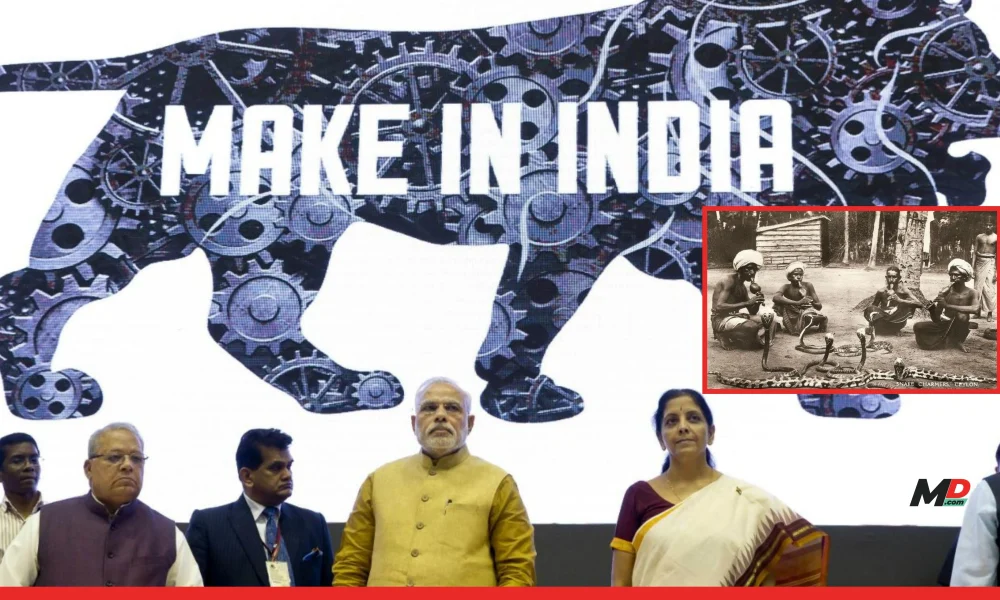Once stereotyped as the land of snake charmers, India has defied expectations and undergone a stunning transformation since its independence in 1947. From its humble beginnings as a primarily agrarian society, India has emerged as a global industrial powerhouse. Through strategic planning, bold government interventions, and significant economic liberalization, the country has charted an extraordinary path of growth and development. Today, India stands tall as the world’s fifth-largest economy, a testament to its resilience, innovation, and the unwavering spirit of its people.
First policy formulated in the year 1951
In 1947, India’s economy was primarily agrarian, with limited industrial infrastructure. To address this, the Indian government launched the First Five-Year Plan (1951-1956), focusing on agriculture, energy, and infrastructure. This plan marked the beginning of India’s structured economic development, laying the groundwork for future industrialization.
Green Revolution in 1960’s
A significant milestone in this journey was the Green Revolution of the 1960s, which introduced modern agricultural practices that dramatically increased food production. This transformation ensured food security for the nation, with food grain production rising from 50.82 million tonnes in 1950-51 to 314.51 million tonnes by 2021-22. Additionally, India’s agricultural exports surpassed $50 billion in FY22, establishing the country as a major player in the global agricultural market.
Automobile sector became hub for India
The 1980s saw a crucial shift in India’s industrial landscape, particularly in the automotive sector. Before this period, the market was dominated by domestic manufacturers like Hindustan Motors and Premier. However, the liberalization policies of the 1990s opened the industry to foreign investments, revolutionizing the sector. The joint venture between Maruti Udyog and Suzuki played a pivotal role in this transformation, positioning India as a significant force in the global automotive industry. By FY22, India’s automotive exports reached 5 million units, driven largely by the demand for two-wheelers in emerging markets such as Africa and Southeast Asia.
Growth of Steel and coal industries
India’s iron and steel industry has also seen remarkable growth since 1947. Starting with just 1.1 million tonnes of finished steel production in 1951, the industry expanded to 120.01 million tonnes in FY22. This growth reflects India’s broader economic liberalization and the privatization of the sector, which has enhanced efficiency and global competitiveness. Today, India is among the world’s top steel producers, underscoring its industrial progress.
IT boom in the year 2000
The turn of the millennium marked India’s emergence as a global IT hub. The rise of companies like Infosys, Wipro, and TCS has redefined the country’s economic landscape, significantly contributing to GDP growth. The expansion of the Business Process Outsourcing (BPO) industry further highlighted India’s IT capabilities, attracting international businesses and strengthening the middle class.
Make In India and Skill India
By 2024, India had become the world’s fifth-largest economy, a position bolstered by continued industrial growth and economic reforms. Initiatives like the Goods and Services Tax (GST) and the Insolvency and Bankruptcy Code (IBC) have streamlined business processes, making India an attractive destination for foreign investment. With ongoing programs such as “Make in India” and “Skill India,” and a young, dynamic workforce, India is well-positioned for sustained industrial and economic growth.

